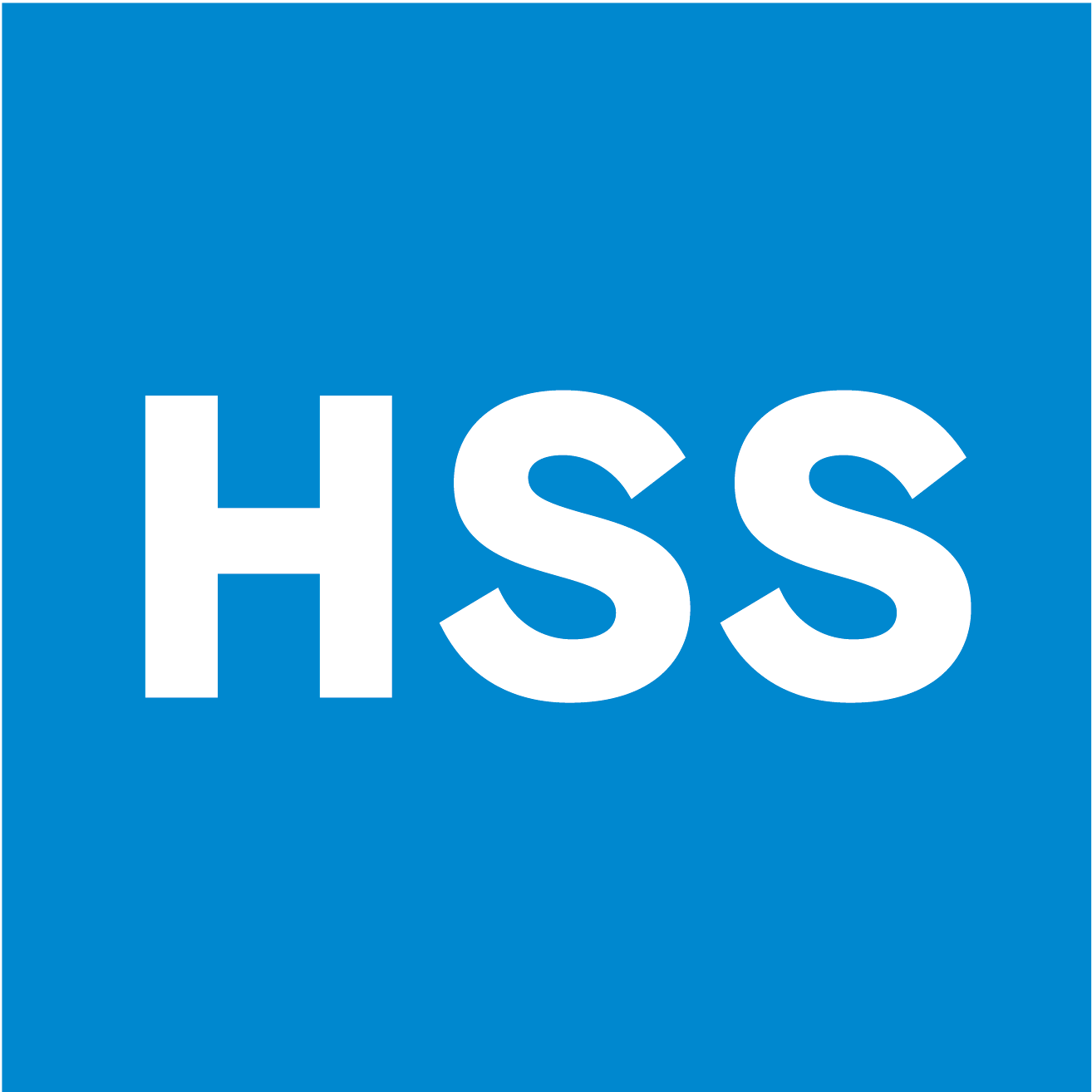Newswise — Biomineralization and osteoporosis investigator Adele L. Boskey, Ph.D., the Starr Chair in Mineralized Tissue Research at Hospital for Special Surgery in New York, has been selected the 2010 recipient of the Orthopaedic Research Society/American Orthopaedic Association Alfred R. Shands, Jr. Award. The award will be presented to Dr. Boskey on Monday, March 8, at the 56th Annual Meeting of the Orthopaedic Research Society in New Orleans.
The award is given annually by the Alfred R. Shands, Jr. Award Committee in recognition of contributions to orthopaedics and the devotion of a significant portion of a professional lifetime to furthering knowledge in the field of musculoskeletal disease.
“I can’t think of a more deserving recipient,” said Regis J. O’Keefe, M.D., Ph.D., president of the Orthopaedic Research Society. “I am pleased and honored to have a part in this recognition of Dr. Boskey’s distinguished work,” Dr. O’Keefe continued.
Dr. Boskey is director of the Mineralized Tissue Laboratory and the program director of the Musculoskeletal Integrity Program at Hospital for Special Surgery. Additionally, as the first female president of the Orthopaedic Research Society, her mentoring of other women researchers was recognized in 2008 with an award from the Orthopaedic Research Society Women’s Leadership Forum (WLF).
Dr. Boskey’s research focuses on bone quality, a measurement of both the bone matrix and the mineral of bone. The current measure relied on to identify osteoporosis and its possibility of fractures is bone density, but Dr. Boskey believes that measuring bone quality promises greater accuracy and could significantly decrease the number of patients that are at high risk for fracture because the quality, not quantity, of their bones puts them in danger.
To better define bone quality, Dr. Boskey has repurposed the use of infrared spectroscopy to approach the quality of bone when biopsies are available. Her laboratory, the Musculoskeletal Repair and Regeneration Core Center at Hospital for Special Surgery, which is one of only five national core centers funded by the National Institute of Arthritis and Musculoskeletal and Skin Diseases, is using this to understand how mineral size and content are tied into osteoporosis and fracture risk.
“Biology will become more important in the study and treatment of orthopaedic disease in the future,” predicts Dr. Boskey. In the case of arthroscopy she stated, “I foresee less of an emphasis on metals and devices and more on understanding the biology that leads to the need for a total joint or revision.”
Osteoporosis is responsible for more than 1.5 million fractures annually, a number Dr. Boskey hopes to decrease through her research into a deeper understanding of the biology and makeup of the bone itself and her analyses of the effects of different commonly used osteoporotic therapeutics on the quality of bone.
About Hospital for Special SurgeryFounded in 1863, Hospital for Special Surgery (HSS) is a world leader in orthopedics, rheumatology and rehabilitation. HSS is nationally ranked No. 2 in orthopedics, No. 3 in rheumatology and No. 24 in neurology by U.S. News & World Report (2009), and has received Magnet Recognition for Excellence in Nursing Service from the American Nurses Credentialing Center, and has one of the lowest infection rates in the country. From 2007 to 2010, HSS has been a recipient of the HealthGrades Joint Replacement Excellence Award. A member of the NewYork-Presbyterian Healthcare System and an affiliate of Weill Cornell Medical College, HSS provides orthopedic and rheumatologic patient care at New York-Presbyterian Hospital at New York Weill Cornell Medical Center. All Hospital for Special Surgery medical staff are on the faculty of Weill Cornell Medical College. The hospital's research division is internationally recognized as a leader in the investigation of musculoskeletal and autoimmune diseases. Hospital for Special Surgery is located in New York City and online at www.hss.edu.
MEDIA CONTACT
Register for reporter access to contact detailsCITATIONS
Orthopaedic Research Society
